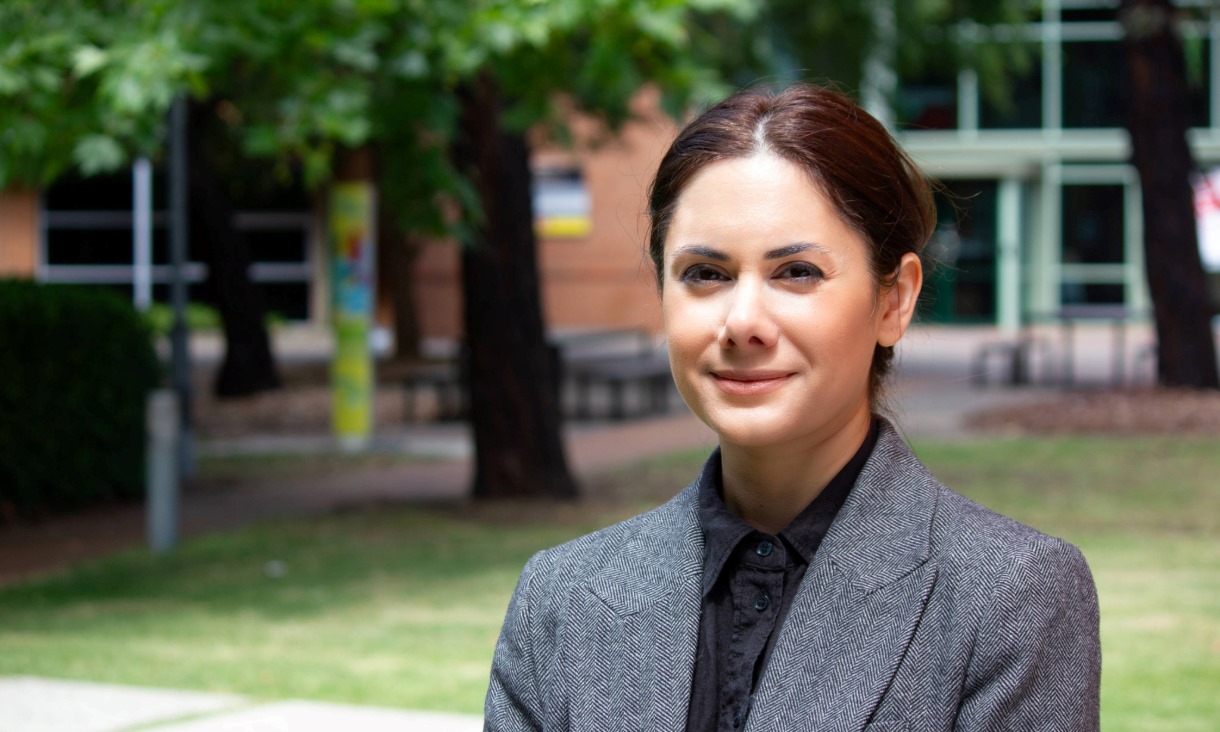For the fourth year in a row, the University’s Art and Design subject area was ranked in the top 20 worldwide. Up five places from 2017, this year’s ranking of 12th saw RMIT maintain its top position in Australia and the Asia-Pacific.
RMIT also continued to build its global reputation in Architecture and the Built Environment, with a ranking of 22nd – up seven places from 2017. RMIT is now ranked ninth in the Asia-Pacific region and third in Australia for this subject area.
Library and Information Management and Communications and Media Studies also ranked in the world’s top 50, at 25th and 37th consecutively.
This year’s ranking improvement in Communications and Media Studies saw RMIT add another subject area to the world’s top 50, bringing the total number of subject areas in the top 50 to four.
Professor Paul Gough, Pro Vice-Chancellor Design and Social Context (DSC) and Vice-President said he was delighted to see the continuing success of subjects within his College.
“In Design, Architecture, Art and Media we continue to push the boundaries of what is possible on a global scale, and it’s fantastic to be recognised for our teaching and research yet again this year,” he said.
Eight RMIT subject areas now make up the top 100 globally including Civil and Structural Engineering; Electrical and Electronic Engineering; Development Studies; and Education.
Deputy Vice-Chancellor Education and Vice-President Professor Belinda Tynan said RMIT’s continued positive results demonstrated the University’s commitment to quality teaching and practical learning and research.
“It’s wonderful to see the work of RMIT staff continuing to gain global recognition,” she said.
“These rankings confirm RMIT’s standing as a global university of technology, design and enterprise.”
RMIT is ranked among the world’s top universities in 22 of 39 assessed subject areas featured in this year’s QS World University Rankings by Subject. This is an increase of two subject areas compared with 2016.
The 2019 QS World University Rankings by Subject assessed more than 1,222 institutions from 78 countries. They combine feedback from academics and employers worldwide and assess academic impact, as measured by citations and the H-index.
Story: Shelley Brady





